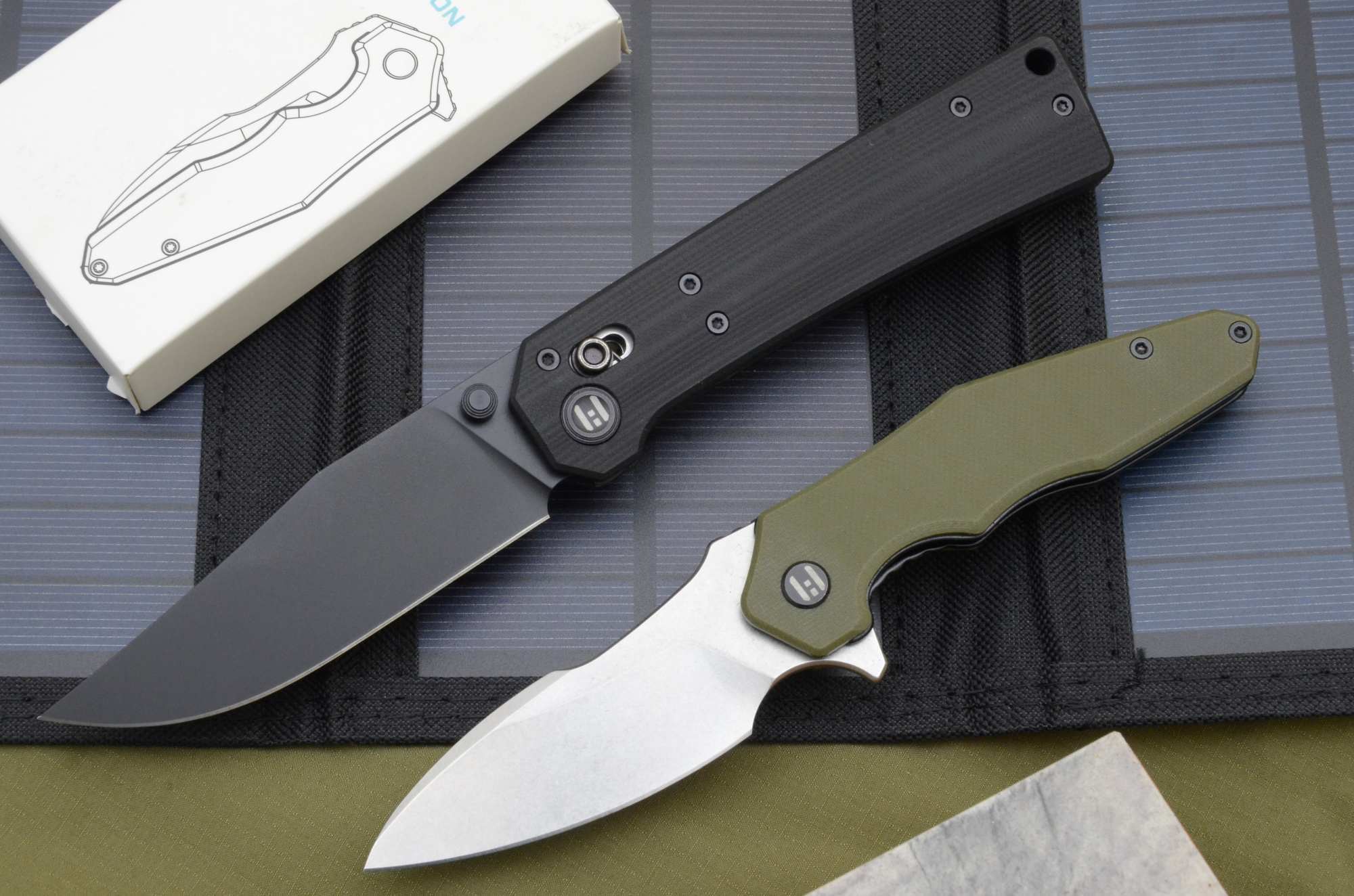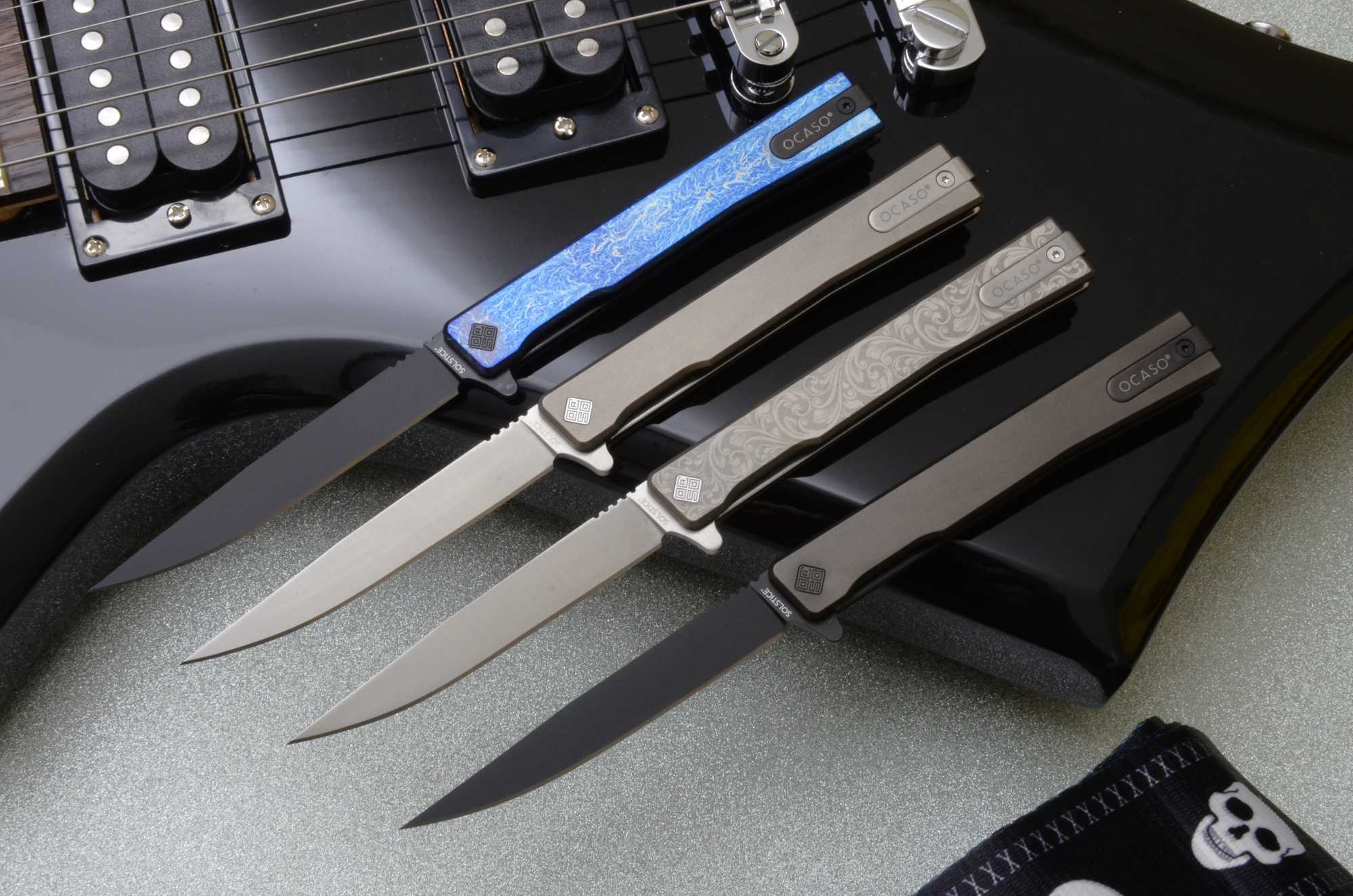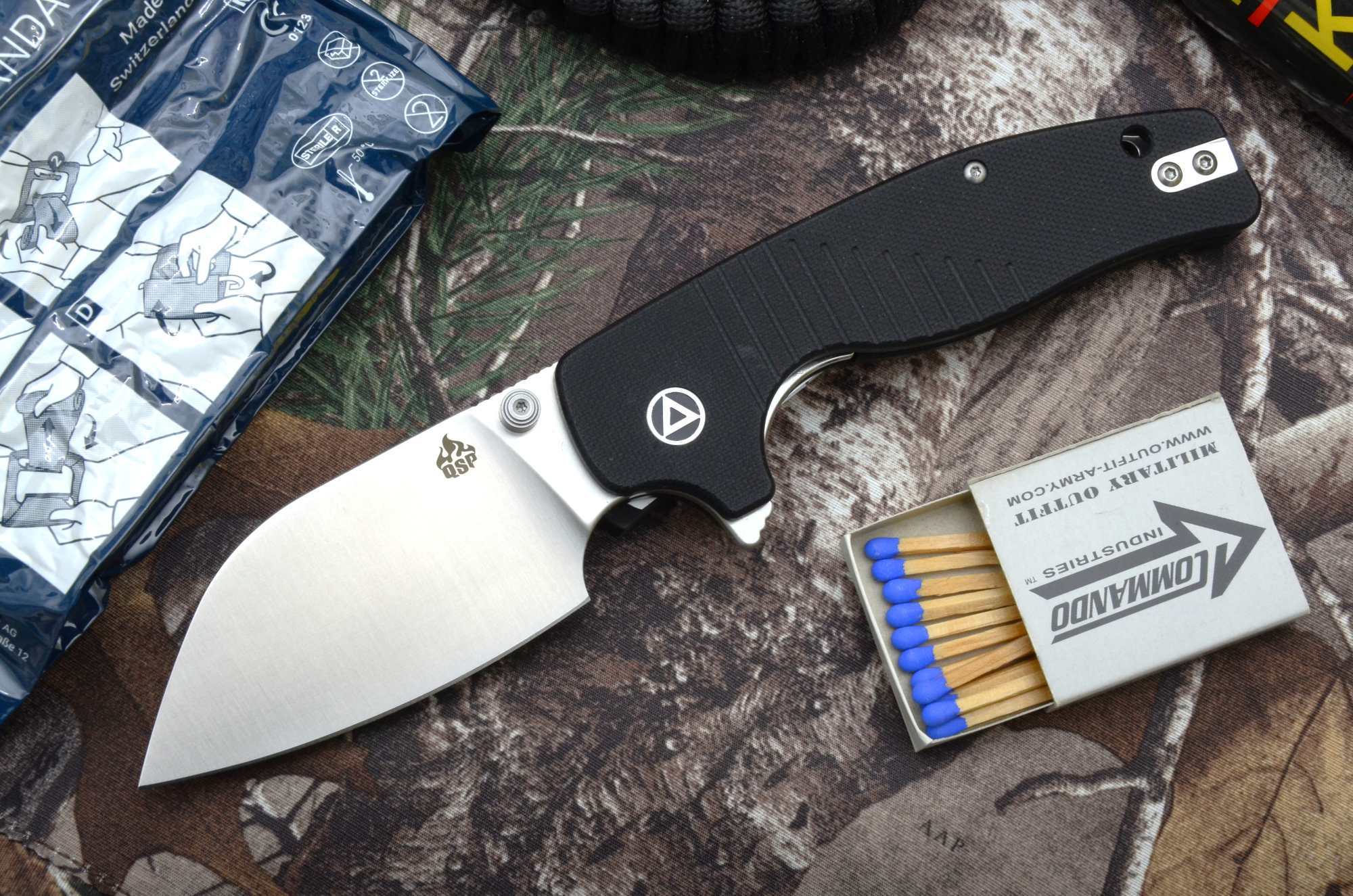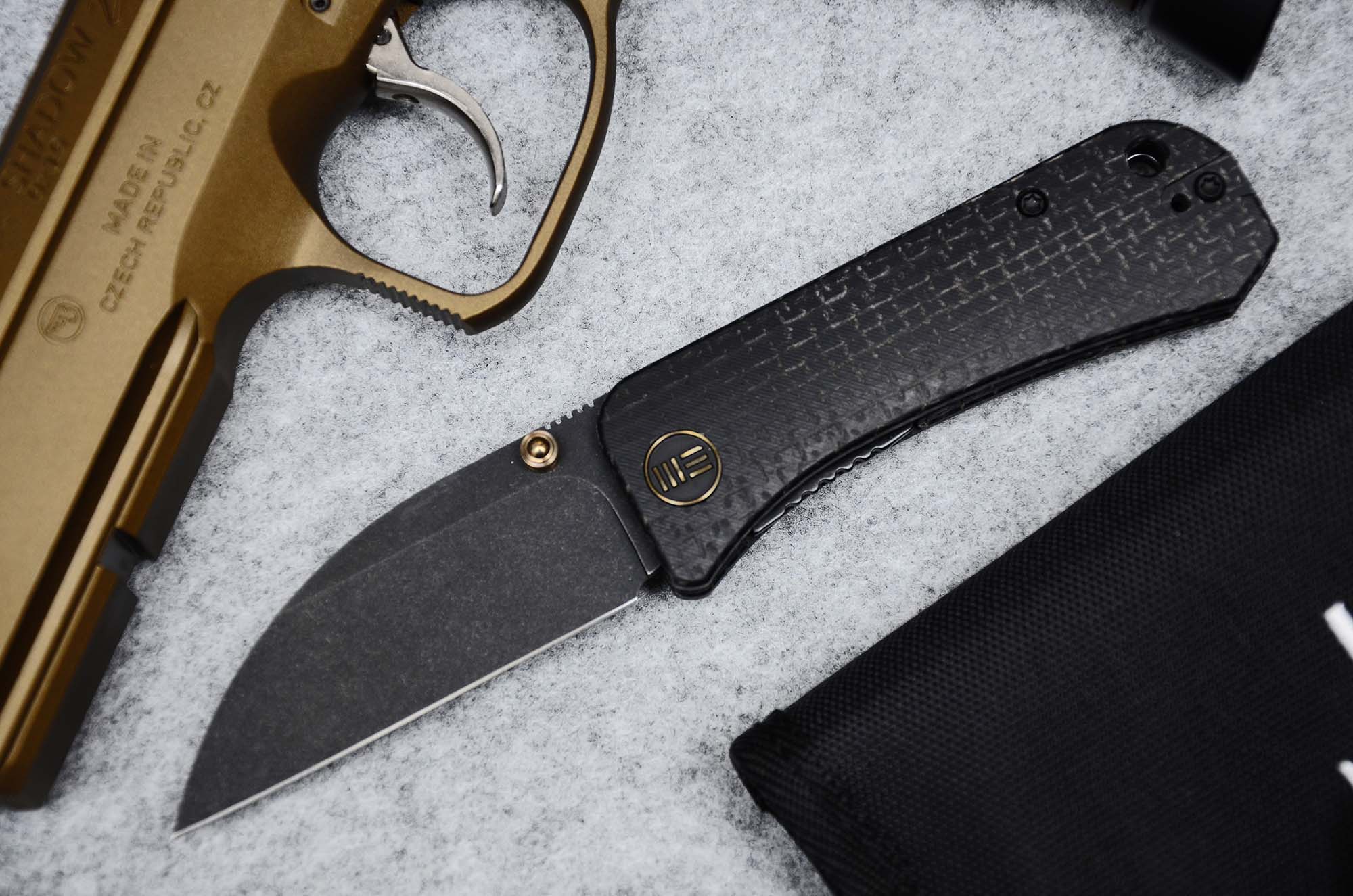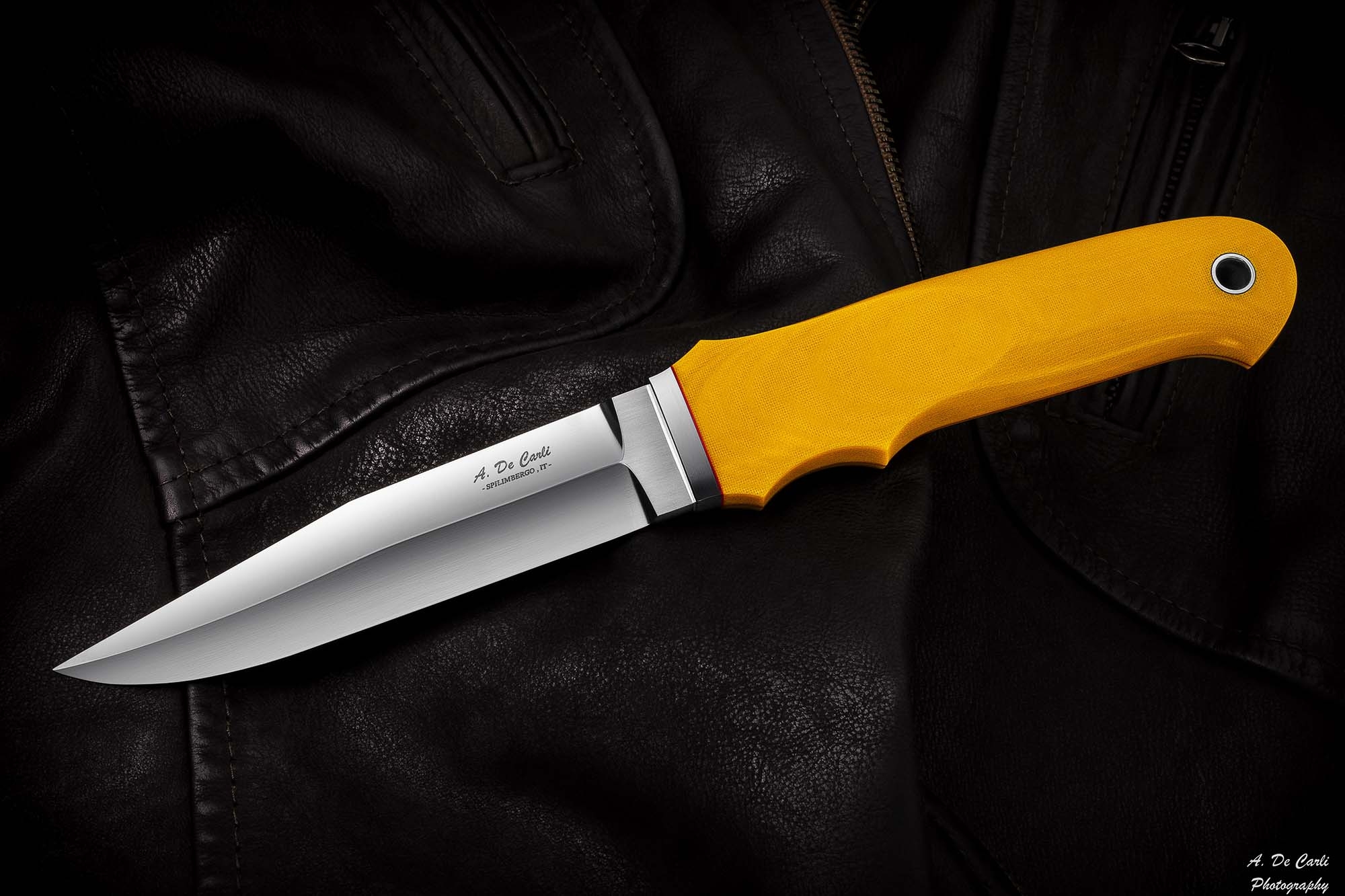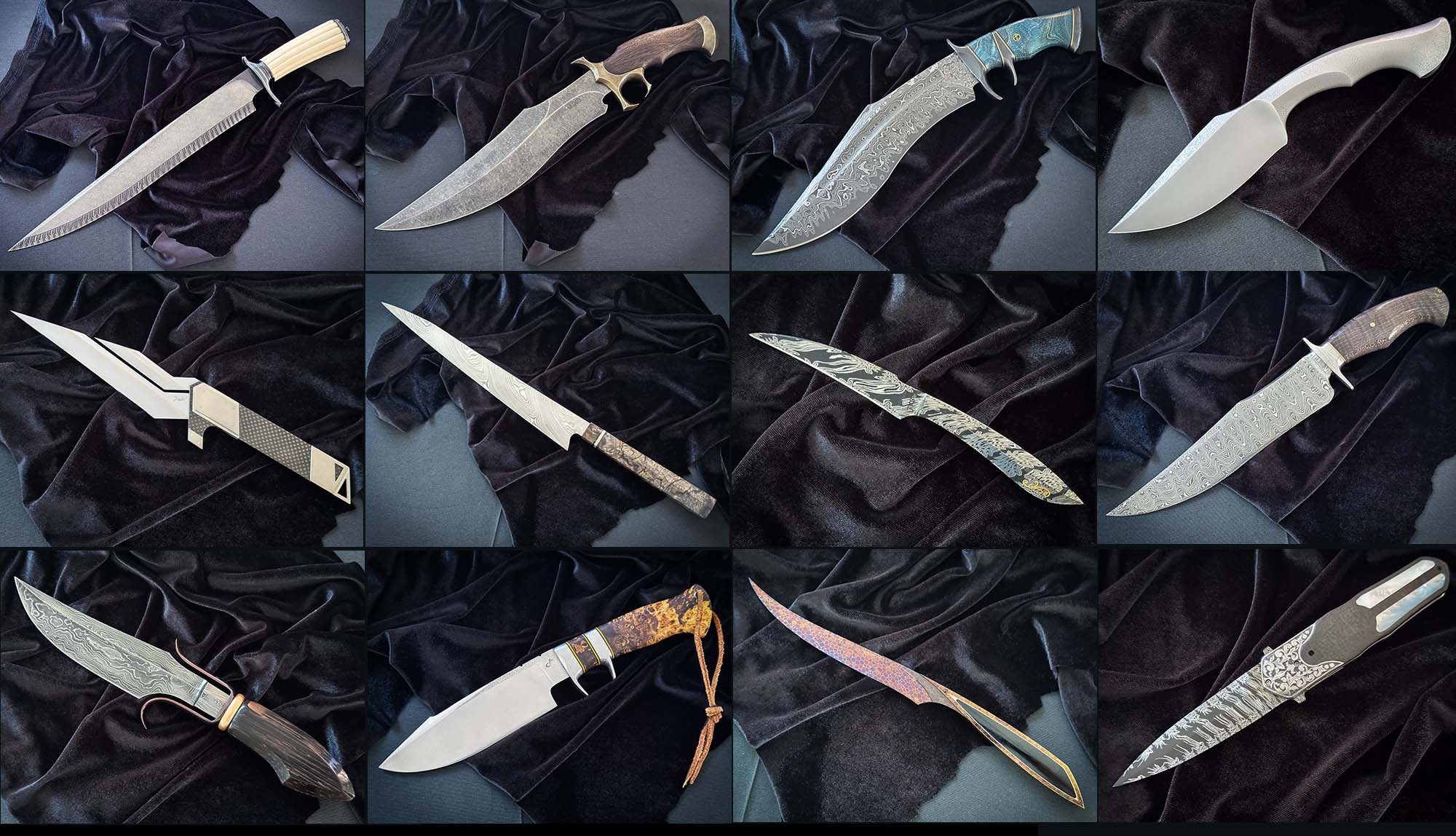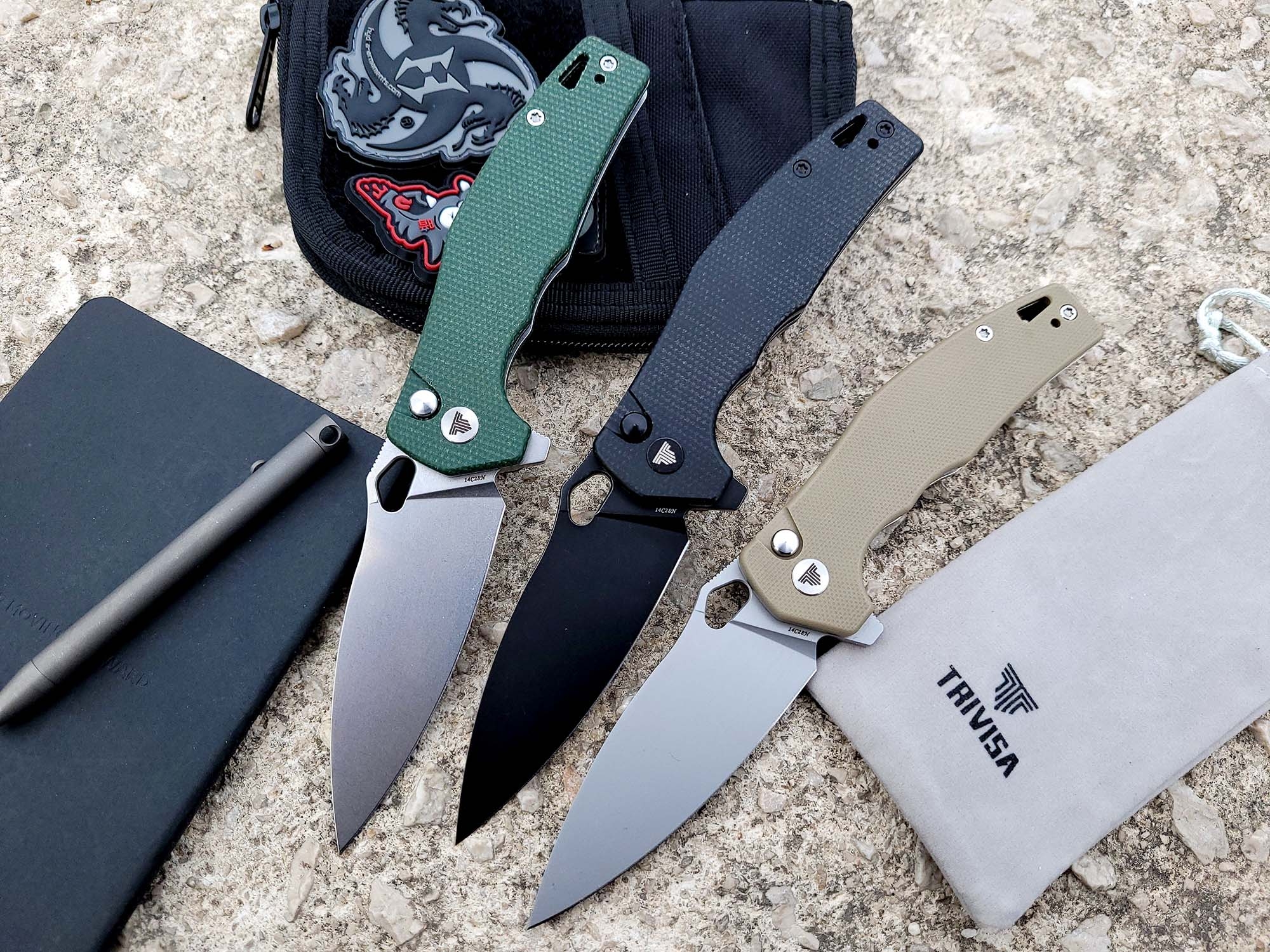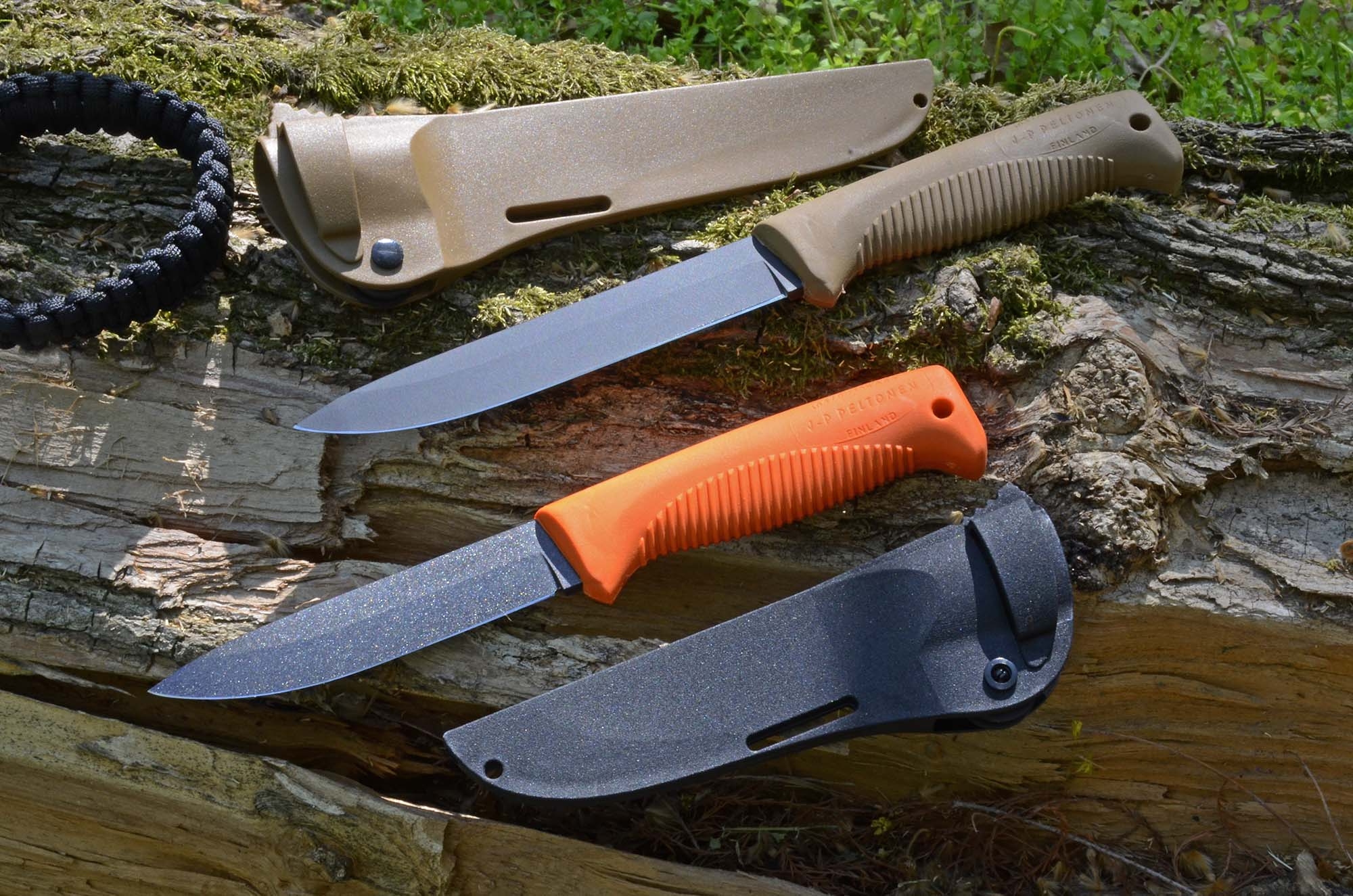Nobody wants to get into conflict with the law while travelling, especially abroad. Basically, legal regulations concerning knives are always similar in all European countries: there is often an upper limit to the length of the blade that can be carried. Carrying regularly requires a "justified reason" or a "legitimate purpose" too. And at the end of the day, almost all countries have a list of cutting tools, each of which is considered a prohibited item: carrying them in those countries can lead to a serious penalty if caught. An important note first: even though the description of the legal situation in the individual countries has been compiled to the best of our knowledge and belief, it's necessary to make yourself familiar with it again in case of doubt. Furthermore, all4shooters.com would like to point out that just because something may be legal, it's not always necessarily sensible and appropriate to do so. As an example, just because there are hardly any rules for carrying knives in Austria or the Czech Republic, it's strongly discouraged here to stroll through the city center of Vienna or Prague with an openly carried combat knife or sword in the style of a Japanese Katana.
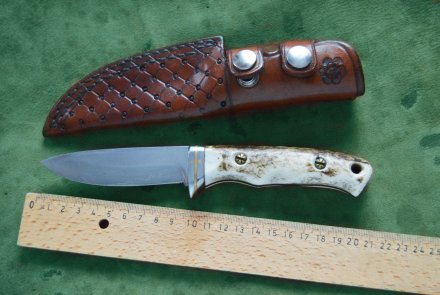
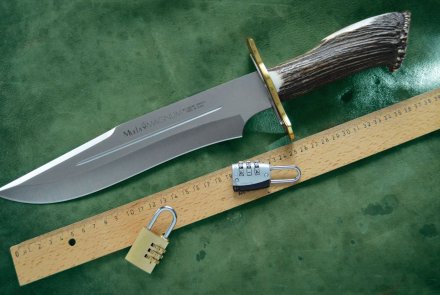
Austria
Austria makes it easy for travellers: stick swords and knives disguised as other objects (belt buckles, credit cards, "dog tags" and the like) are forbidden. Nothing else is regulated.
Belgium:
Forbidden are automatic knives, throwing knives, throwing stars and knives disguised as other objects. When inside a vehicle, the following applies: nothing is allowed without a legal reason, not even the smallest folding knife. If you are not absolutely sure, it's better to transport the knife in a closed bag.
Czech Republic:
For the Czech Republic you can be brief: knives are unregulated. Here – as already mentioned at the beginning – common sense applies
Denmark:
One-handed knives, automatic knives, push daggers, gravity knives and knives with ready access by the wearer such as neck knives or boot knives are completely forbidden in Denmark. When carrying, fixed knives under 4.7”/12 cm blade length and non-locking folding knives under 2.7”/7 cm should not be a problem. You should be on the safe side with a "normal" Swiss Army knife.
Finland:

Finland is very relaxed about carrying knives. There are no length restrictions and there is no need to give a good reason. Only butterflies, switchblade and gravity knives and bayonets are forbidden.
France:
In France there are two blade limitations: it must not be longer than 5.9”/15 cm or thicker than 0.157”/4 mm. In addition, you are not allowed to carry a folding knife with a locking system, neither ready to use nor somewhere in your luggage. Tomahawks, knuckle dusters, throwing stars and all edged weapons are also generally prohibited. The best way to go: with a folding knife without blade lock you are on the safe side, and you must be able to tell why you are carrying the knife.
Germany:
German law has a very comprehensive list of prohibited knives and knife-like items. These include:
- Blow or thrust weapons that are shaped to simulate another object or that are hidden by objects of everyday use;
- Throwing stars;
- Switchblades and gravity knives. Exception: automatic knives, if the blade jumps out of the handle on the side and the part of the blade protruding from the handle is no more than 3.3”/8.5 cm long and is not sharpened on both sides;
- Push daggers;
- Butterfly knives.
Besides these, there are “restricted-use” objects that according to German law you are not allowed to carry under normal circumstances. The list includes cutting and thrusting weapons, as well as knives that have a one-handed opening mechanism. i.e. whose blade can be locked with only one hand. Also, fixed knives with a blade length of over 4.7”/12 centimeters. If you want to carry one of these items you need a "legitimate purpose". In addition, each German state can enact local regulations prohibiting the carrying of weapons "and any dangerous objects" in so-called "weapons-ban" areas for purposes of protecting public safety and order.
In summary, there are knives that may always be carried, then there are knives which may only be carried with a legitimate purpose, and knives that may be carried in weapons-ban zones. Finally, a word of advice for Germany: if you want to be on the safe side, you can't actually go wrong with a “non-restricted use” knife. If you're sure that you are not entering a weapons-ban zone, even knives with a blade up to 12 centimeters are no problem
Greece:
Large knives are forbidden in Greece. What exactly this means, is difficult to determine. In case of doubt, the police officer in the concrete situation will decide. In any case, you should only carry tools that are large enough for the tasks at hand. In general, these should not be butterfly knives, automatic knives, stilettos or knives with blades that can be pushed out of the handle front. We recommend small folding knives.
Ireland:
An absolute special case: here it's generally forbidden to have anything that can even cut. Within a limited framework, however, carrying is allowed if you have have a good reason for doing so. What's important is that Ireland does not prohibit the possession of knives, only carrying and importing certain types of knives (the list of which would go beyond the scope of this article). Here, we can only urgently advise to completely do without a knife in your luggage, and only if it's absolutely essential to carry a knife you should ideally purchase it locally.
Italy:
In the popular holiday destination of Italy situation is unfortunately relatively opaque. There is no length restriction on knives and also many knives that are forbidden in other countries can be purchased in many places. They can be owned legally, but you're not allowed to carry them at hand. However, knives disguised as everyday objects are absolutely forbidden. A permit is required for some edged weapons. In general, care should be taken to ensure that you only carry a knife compatible with the activity you are engaged in (e.g. fishing, hiking).
Norway:
Norway has a total ban on carrying knives in cities. Here, the knife should always remain out of reach. In the wilderness and nature, however, the principle of legitimate interest applies. For example, an adequate tool is no problem when fishing. Basically forbidden are butterfly knives, double-edged knives and pocket knives with an opening aid mechanism.
Poland:
In Poland there are a number of forbidden knives: those disguised as other objects, throwing knives and those that surround the hand. Everything that is not forbidden may be used. In plain language this means that with common knives in your luggage there should be no problems.
Switzerland:
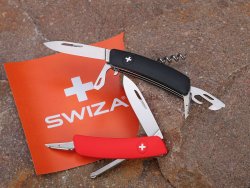
The situation is even more complicated in Switzerland: here a distinction is made between weapons and dangerous objects. Weapons include daggers (symmetrical blade shape, blade over 2”/5 cm but under 11.8”/30 cm), throwing knives, butterfly knives and all knives with spring-loaded opening mechanism. These can't be carried and should also not be brought along when travelling to Switzerland. There are also "dangerous objects". These may also include household items. A reasonable reason should be given in case of an inspection. Explicitly excluded is the Swiss Army pocket knife, which we recommend at this point also as a travel companion to Switzerland.
Sweden:
The Scandinavian country makes a distinction between importing and possessing knives, similar to Ireland. There is also a general ban on knives in public. But the crux of the matter lies in the detail: the Swedish wilderness is not considered “public”. This means that in cities knives should generally be kept locked up. In the Swedish wilderness, on the other hand, there are usually no problems with a knife of reasonable size.
Portugal:
When on holiday in Portugal, the traveller should make sure that the cutting tool he/she is carrying has a blade less than 3.9”/10 cm long. Otherwise a reasonable reason is required. Generally forbidden are automatic and semi-automatic knives, throwing knives, butterfly knives and fixed knives with a parry bar. Knives disguised as objects are also prohibited. In general, you should not carry anything concealed.
Spain:
Forbidden in Spain are knives that are not recognizable as such, semi-automatic and automatic knives, flipper knives and generally all folding knives over 4.3”/11 cm in length. Also butterfly knives and push daggers. Daggers are prohibited if they have a blade sharpened on both sides. Furthermore, in Spain you must generally be able to give a good reason why you are carrying a knife.
United Kingdom:
Although it is no longer part of the EU, the UK is still a very important tourist destination, so let's see how things are on British soil. A folding knife with a blade no longer than 3”/76 mm long and without a blade locking system and opening aids is permitted without justification. Larger knives or other types of knives may be carried but only for a justified reason. Permitted knives can't be carried if you are travelling to events, sporting events, pubs, shopping centers, etc. Assisted opening knives or flipper knives may be owned but not carried. Practically any other knife type is prohibited. It is therefore strongly discouraged to go around the city with a knife, even of accepted type.
Finally: what knife should I take with me on the trip?
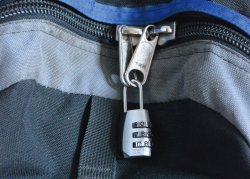
What should I do now if I want to go to several countries? First of all: inform yourself. Then it can be said that with a non-lockable multifunction knife of the Swiss Army knife design there should be no problems in most countries. But there are stumbling blocks here too – see Ireland. This leads to the second problem: not everywhere the law follows the same logic. Be it that items are not forbidden, but when trying to import them you have to expect hefty penalties. Or that the rule of law works differently than in your country, and police officers have much more discretion. That's why we can only say again and again: when carrying knives, stay within the legal limits, act with brains and don't try to attract attention.
Dieser Artikel erschien zuerst im VISIER-Special 96: Messer V. Das komplette Heft ist noch über den VS Medien-Shop verfügbar.
Lesetipp: Für weitere Informationen rund um das Thema Messerrecht sei der, auch ansonsten sehr lesenswerte, Knife-Blog empfohlen.



